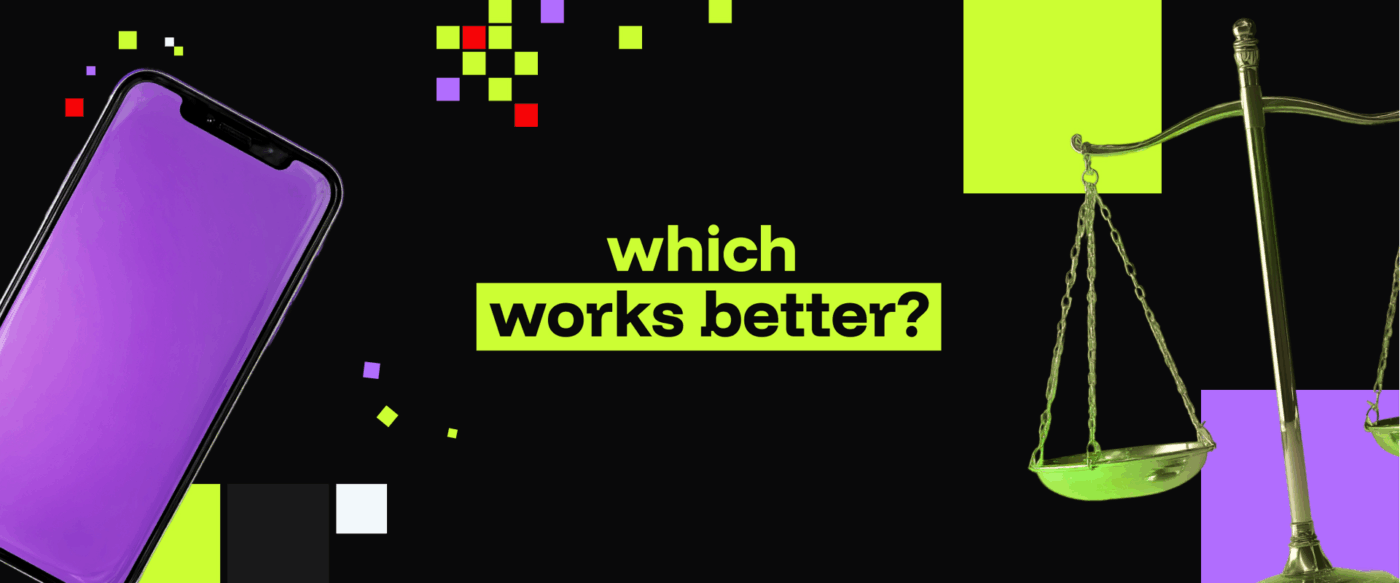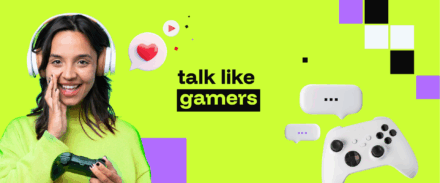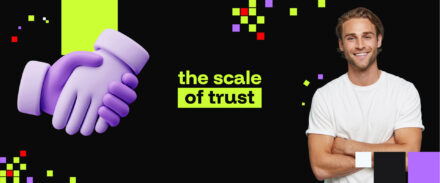Marketing teams today face a recurring challenge: Should you invest in growing your brand’s own social media channels, or partner with influencers to accelerate reach and trust?
Both approaches deliver results but through different timelines, tactics, and types of engagement.
Building your own social channels: control, consistency, but slower growth
When a brand invests in own social media marketing, it’s building a long-term asset. You’re shaping tone, narrative, and voice. You choose what to publish, when, and how. There’s full control but limited built-in reach.
What works:
- Platform-native content that adapts quickly to formats (reels, shorts, carousels)
- First-party data integration for remarketing
- Internal creators (employees, founders) building thought leadership
- Paid amplification layered on organic performance
The challenge? It takes time. Social media rewards momentum, not isolated posts. For brands with new positioning, small followings, or limited internal capacity it can feel like shouting into the void.
But it compounds. Every piece builds on the last. And over time, it drives lower CACs, higher retention, and a digital footprint that you actually own.
Influencer Marketing: Borrowing trust for scale and speed
Influencer marketing flips the model. Instead of building from scratch, brands partner with people who’ve already built audiences — and credibility — in specific niches.
But this isn’t 2016. No one is impressed by a logo in a feed post anymore.
Modern influencer campaigns work when:
- The creative feels native to the creator’s usual tone
- Messaging is collaborative, not scripted
- There’s a measurable objective (saves, signups, UGC generation — not just reach)
- Influencer-brand fit > audience size
The top-performing Polish influencers today often operate in micro or mid tiers. Their engagement rates are healthier, and their audiences more responsive. B2B creators on LinkedIn, health creators on TikTok, local lifestyle figures on Instagram — all outperform generic reach buys when the strategy is smart.
These channels are not mutually exclusive
The most advanced teams no longer treat social media and influencer campaigns as disconnected tracks. Instead, they build an integrated funnel, where influencers feed awareness, and owned channels nurture engagement and conversion.
Here’s how they overlap:
- Influencers create content → Brands repurpose it for ads and socials
- Brand content → Influencers localize or remix for authenticity
- UGC → Powers both performance creatives and community building
- Paid social → Uses creator content for better CPM and CTR (whitelisting)
Performance ≠ Attribution
Here’s the trap: many marketers still evaluate influencer campaigns with last-click metrics or expect social to convert cold audiences directly.
That model doesn’t hold anymore.
Influencers often sit at the top or middle of the funnel. They seed ideas. They shift perceptions. But that lift shows up in branded search, direct traffic, saved posts, or conversion lag — not always in-platform clicks.
Social channels, meanwhile, shape preference. They host ongoing storylines, not just CTAs.
The best teams treat both as strategic investments not isolated channels.
Influencers can help build your channels. Not just promote
Influencers aren’t just promotional tools. They can actively contribute to growing your owned media presence.
Examples:
- Drive followers to brand-owned social with calls-to-action
- Co-create content for both the creator’s and brand’s channels
- Use creator formats (e.g. storytelling, memes, POVs) on your owned pages
- Build full-funnel journeys — creator for awareness, brand for depth
Social Media vs. Influencer Marketing
| Use Case | Social Media Marketing | Influencer Marketing |
|---|---|---|
| Brand launches | Needed for messaging control | To build reach and validation |
| Product education | Ideal via carousels, videos | Works via tutorials, how-tos |
| Market entry | Takes time to build organically | Quick trust via local creators |
| Retargeting | Strong with custom audiences | Less relevant, unless using creators’ audiences |
| UGC generation | Needs external incentives | Creators fuel your content bank |
Final thoughts for marketers
- Social media gives you ownership, continuity, and first-party control
- Influencer marketing gives you scale, trust, and creative agility
- Content marketing makes both work — it feeds the engine
- Don’t measure short-term clicks. Measure brand memory, branded search, direct traffic, and share of voice
Feel free to contact us or reach out via LinkedIn or Facebook!

 HOME
HOME





